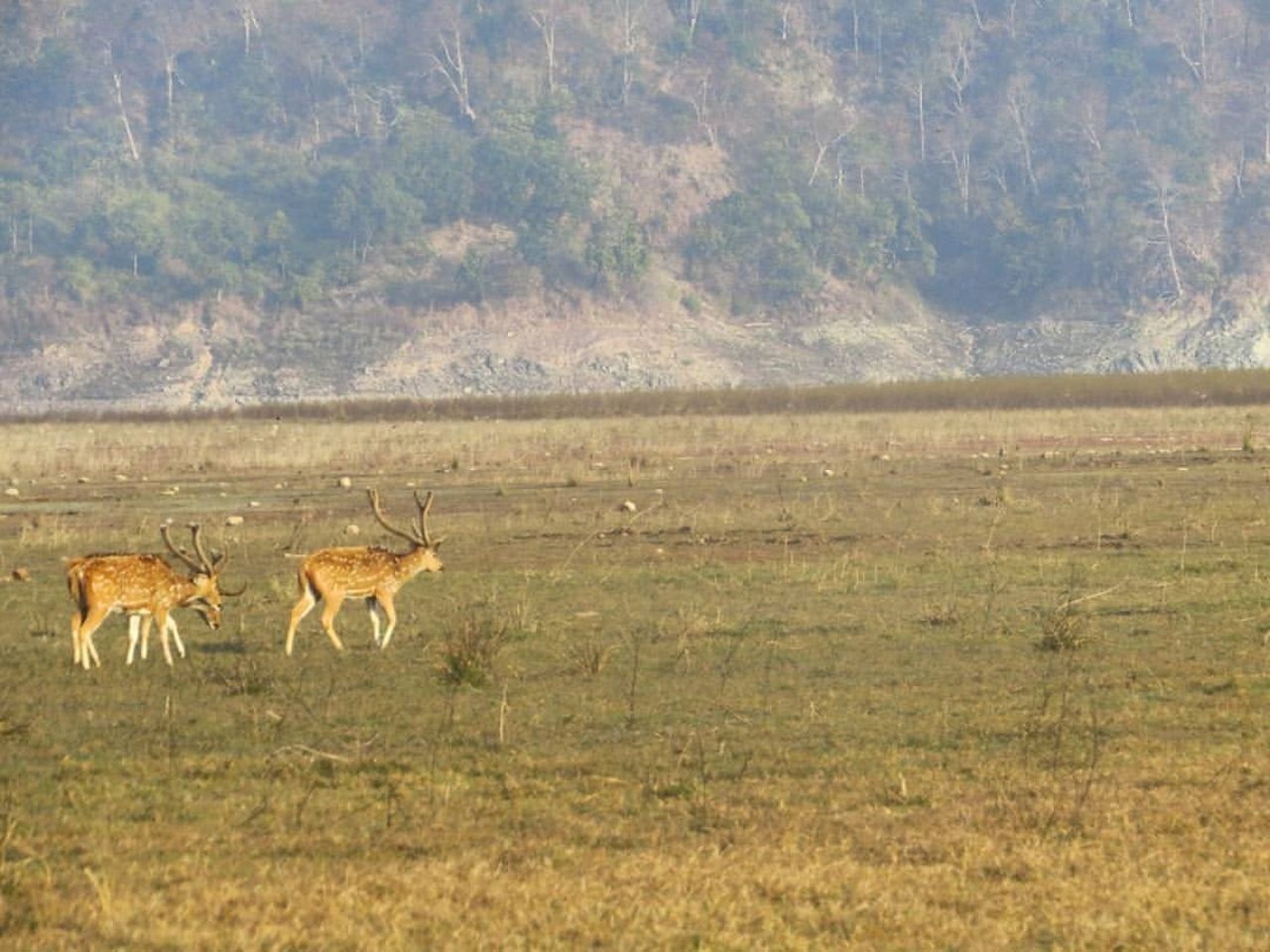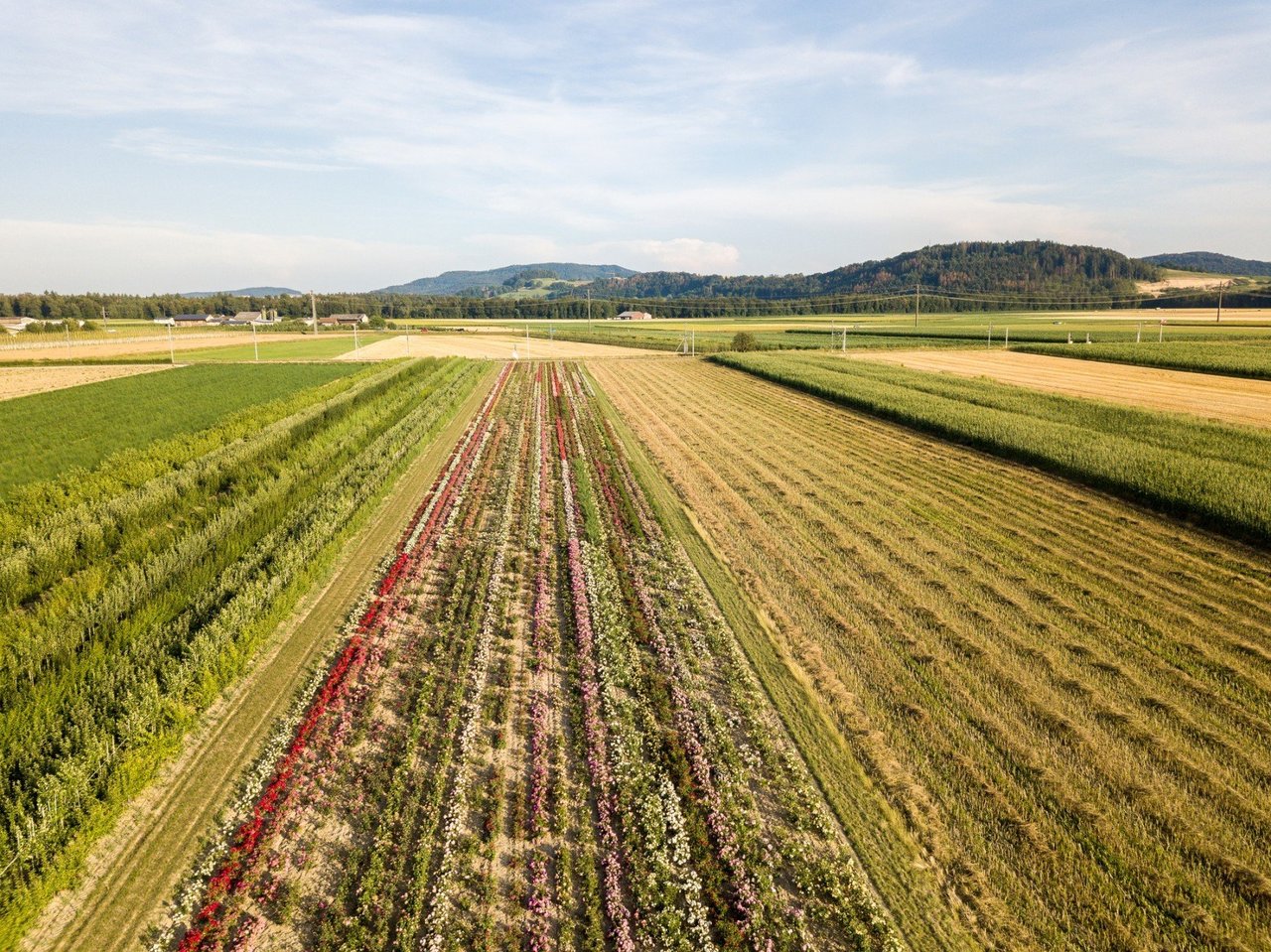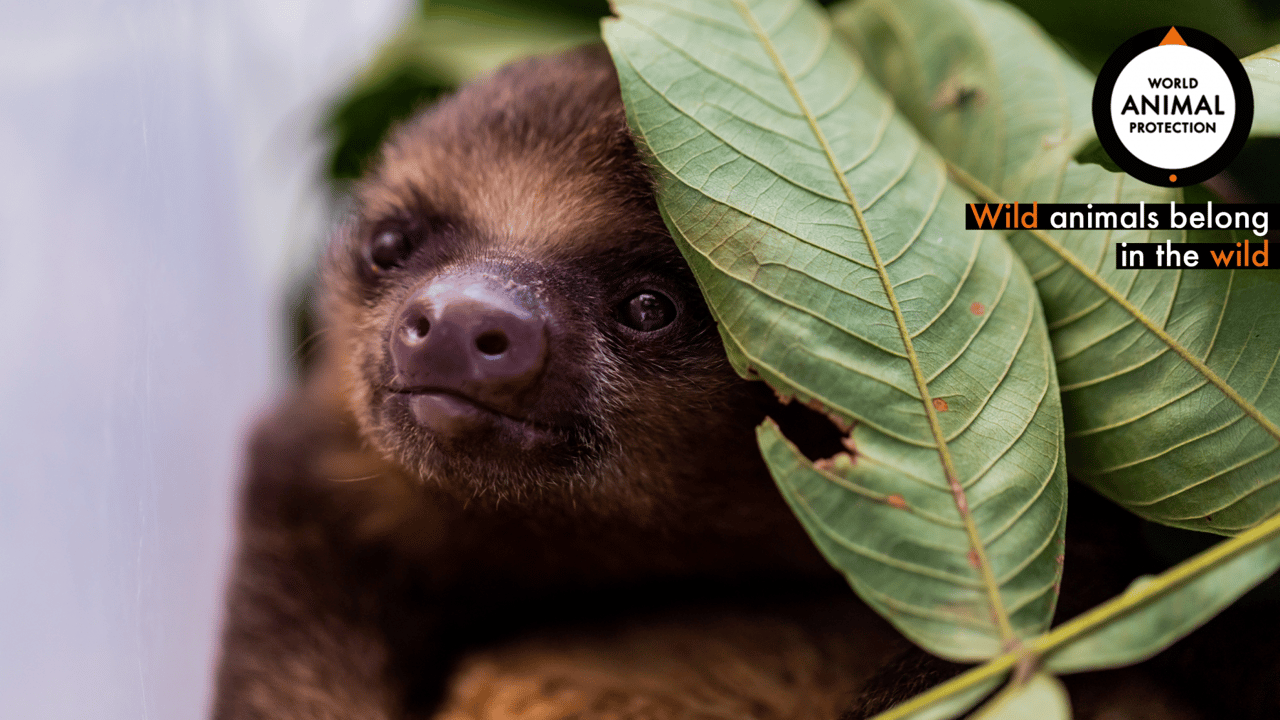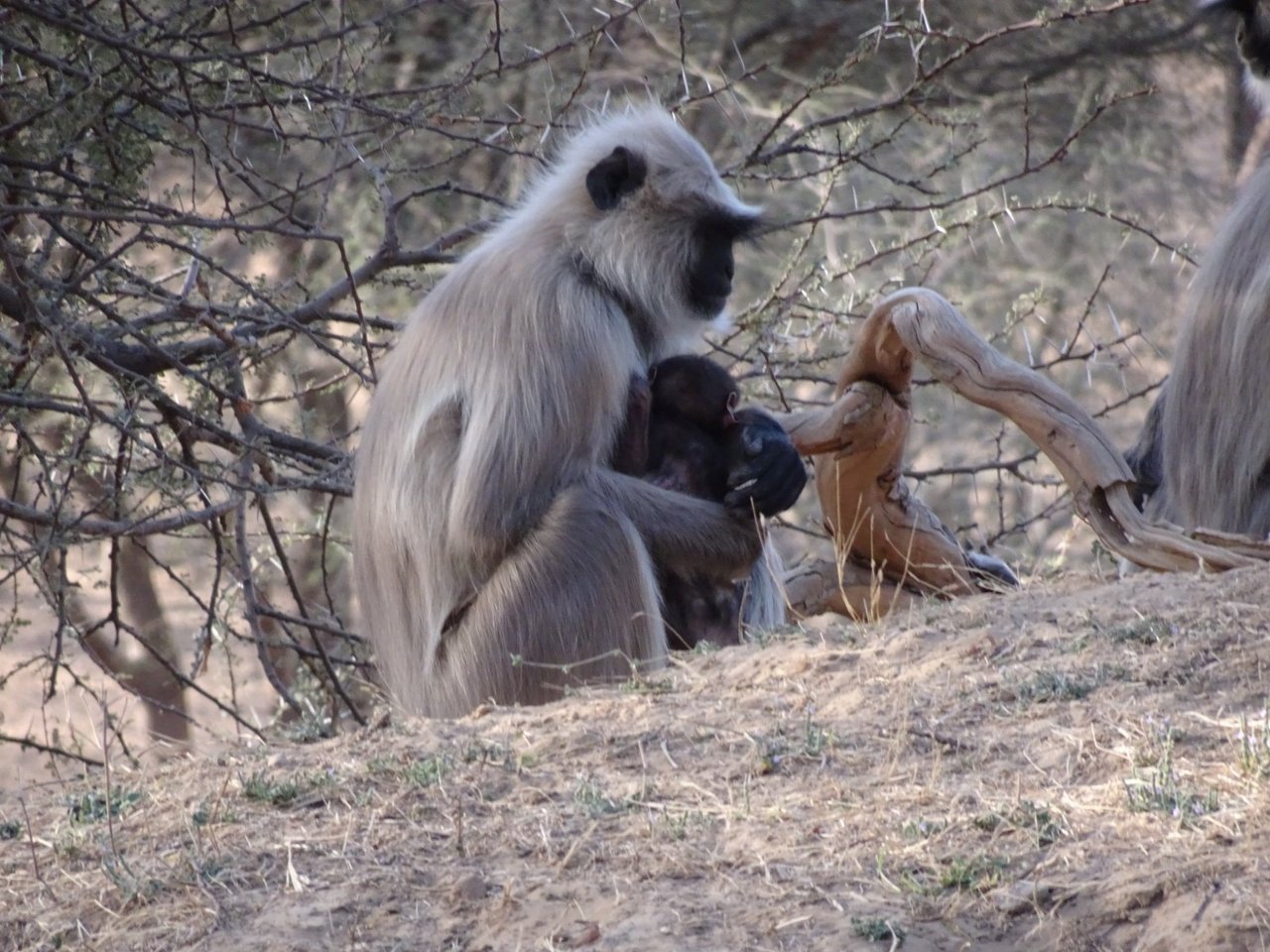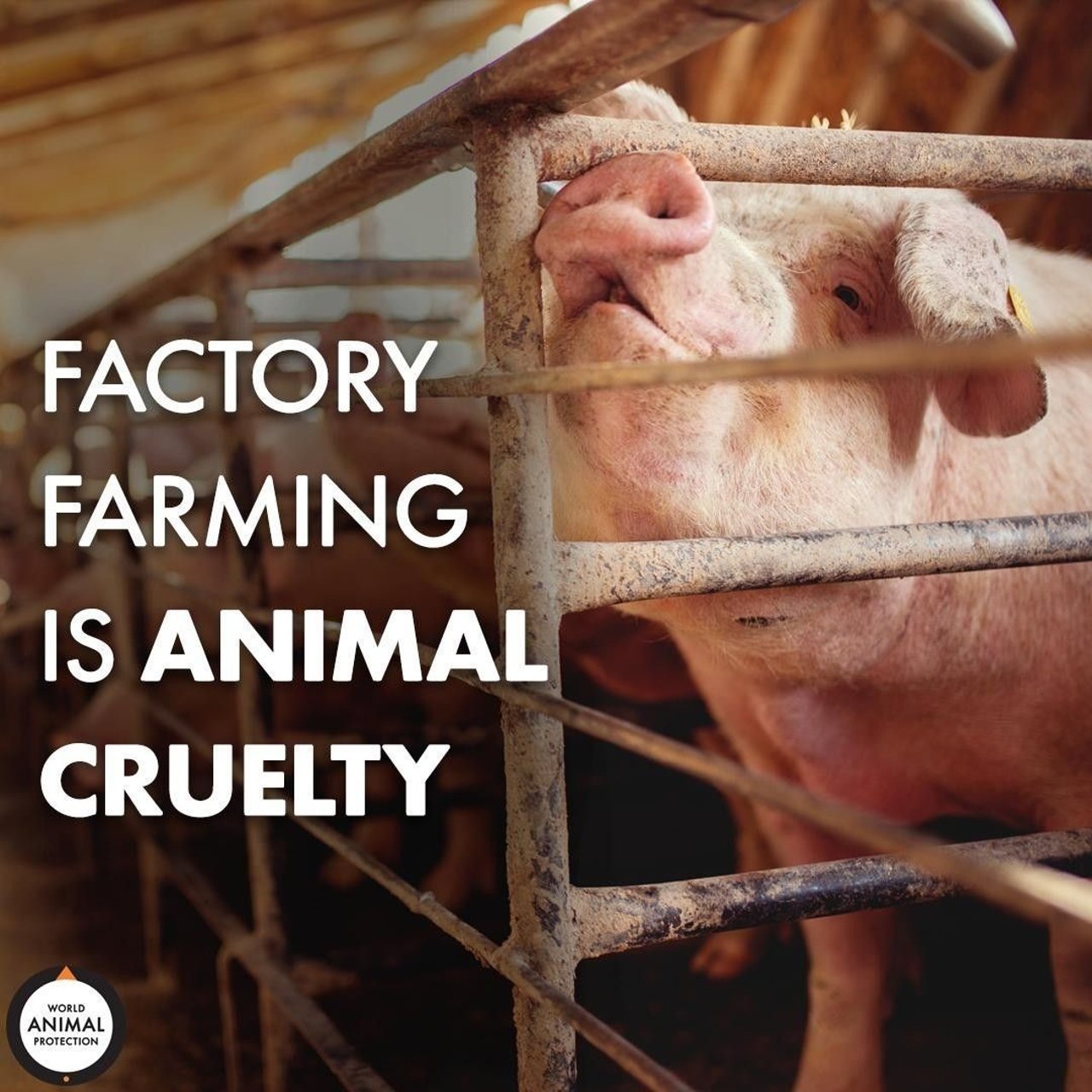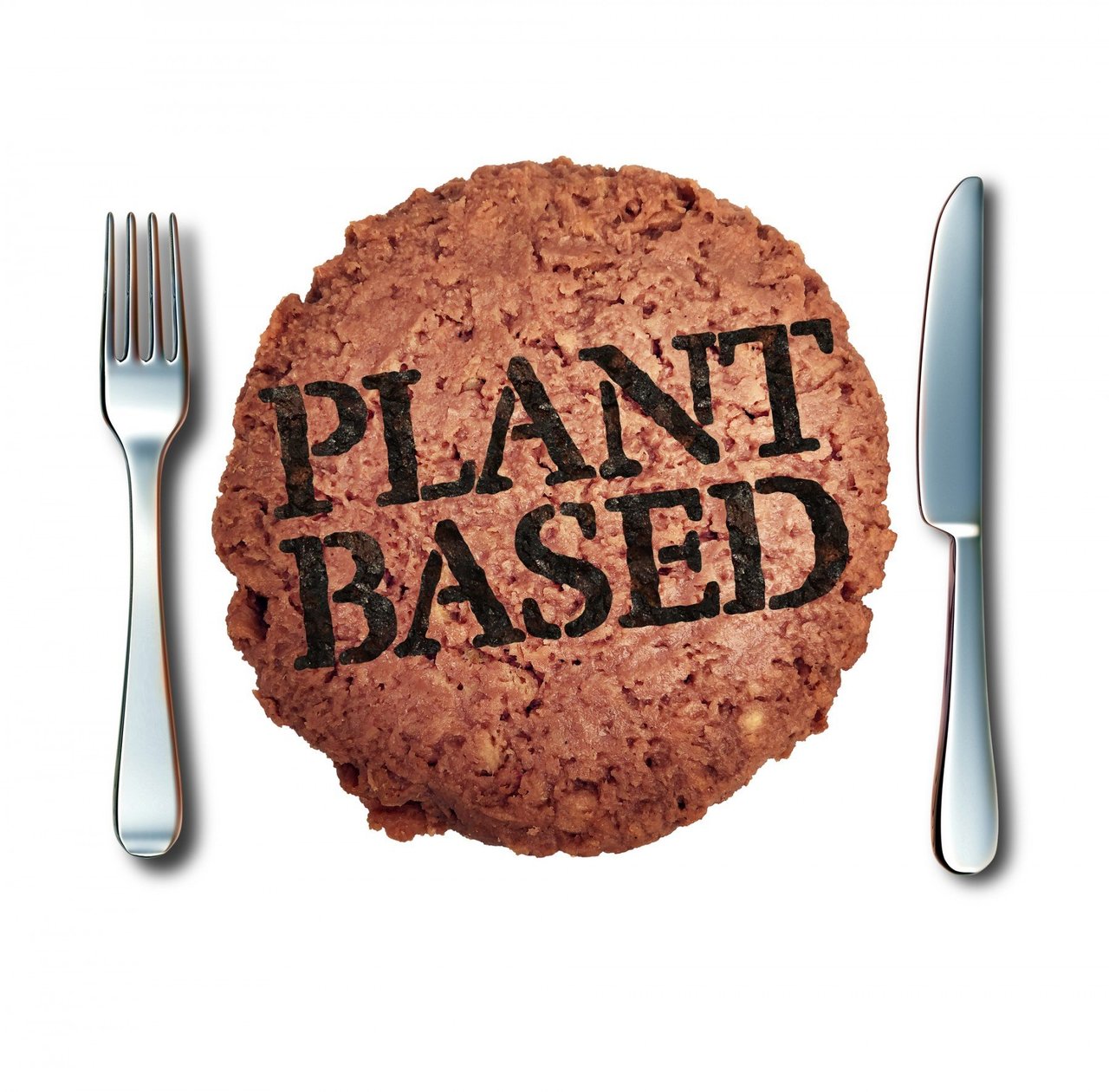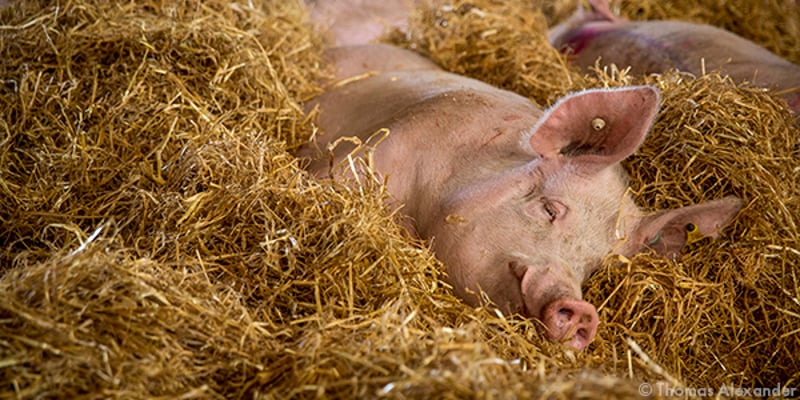
Eating less meat is an essential prerequisite for wildlife protection
Blog
Normally, the meat-eating debate has been seen as one between animal rights activists and those who defend the freedom of choice in diets, traditional meat-eaters included.
The Debate on Meat-Eating
Normally, the meat-eating debate has been seen as one between animal rights activists and those who defend the freedom of choice in diets, traditional meat-eaters included. However, the nature of the debate is rapidly changing with a torrent of information flowing in on the destructive nature of modern-day factory farming and the devastating impact of raising livestock on natural habitats of wild animals. A report by Chatham House states that agriculture is the main threat to 86% of the 28,000 species known to be at risk of extinction. Without corresponding change, the loss of biodiversity will continue to accelerate and threaten the world’s ability to sustain humanity, the report mentioned. The report states agricultural reform according to the use of three principal levers:
- Firstly, global dietary patterns need to converge around diets based more on plants, owing to the disproportionate impact of animal farming on biodiversity, land use and the environment. Such a shift would also benefit the dietary health of populations around the world, and help reduce the risk of pandemics. Global food waste must be reduced significantly. Together, these measures would reduce pressure on resources including land, through reducing demand.
Plant-based food would benefit the dietary health of populations around the world, and help reduce the risk of pandemics
- Secondly, more land needs to be protected and set aside for nature. The protection of land from conversion or exploitation is the most effective way of preserving biodiversity, so we need to avoid converting land for agriculture. Restoring native ecosystems on spared agricultural land offers the opportunity to increase biodiversity.
Axis Deer in Corbett Tiger Reserve. Animals and habitat like this one may be threatened if forest land is encroached upon for rearing animals for consumption. Photo credit : Harsha Doriya
- Thirdly, we need to farm in a more nature-friendly, biodiversity-supporting way, limiting the use of inputs and replacing monoculture with polyculture farming practices.”
Replacing monoculture with polyculture farming practices. Image credit: Deposit Photos
A report by CNN
According to a CNN report, “The more we drive food production, the cheaper food becomes, and the more our diets become dominated by a smaller number of crops grown intensively and at scale," Tim Benton, Chatham House's research director in emerging risks and one of the report's authors, told CNN in an email.
Intensified agricultural production also degrades soils and ecosystems, rendering land less productive and requiring even more intensive methods of farming to keep up with demand. "As we grow more food, it becomes economically rational to waste it, overeat the calories and feed grain to livestock so we can eat more meat. Fueling demand further leads to the expectation that supply will grow and prices will fall, leading to more land conversion and more intensification," he said.
The link between Factory Farming and threats to Wildlife
World Animal Protection presents the following links between factory farming and threats to wildlife that bear close scrutiny in the Indian context that is complex given the cultural diversity of landscape :
1) Wildlife habitat destruction- causes
Wildlife Habitat destruction is caused by humans includes conversion of land to agriculture, urban sprawl, infrastructure development, and other anthropogenic changes to the characteristics of the land. Habitat degradation, fragmentation, and pollution are aspects of habitat destruction caused by humans that do not necessarily involve overt destruction of habitat yet result in habitat collapse.
2) Animal Agriculture is one of the reasons for habitat destruction and wildlife loss
The biggest cause of wildlife losses is the destruction of natural habitats—much of it to create farmland—followed by killing animals for food, with 300 mammalian species being eaten into extinction. A key challenge for the agriculture sector is to feed an increasing global population, while at the same time reducing the environmental impact and preserving natural resources for future generations.
According to the International Union for Conservation of Nature, of the 28,000 species threatened with extinction, approximately 24,000 are threatened primarily by animal agriculture. This is because half of the world's habitable land is used for agriculture and of that half, 77% of that is used to raise farmed animals for meat and dairy products, thus eliminating crucial natural habitats for species to thrive.
Mother and child Langur Jhalana Leopard Reserve Jaipur Rajasthan 23 March 2019. Image Credit: Shubhobroto Ghosh
Animal agriculture is responsible for nearly 15% of climate emissions globally—more than all the cars, trains, planes, and other forms of transportation combined. According to the FAO, "industrial meat and dairy production alone will undercut our ability to keep temperatures from rising to an apocalyptic scenario."
3) How animal agriculture has affected habitats globally and India
In the past 50 years, meat production has more than quadrupled globally, currently producing more than 320 million tons each year. Expansion and consolidation of the meat industry paved the way for cruel, low-welfare intensive farming—with 80 billion animals killed for food each year—but also continues to negatively contribute to our environment and the animals we share it with.
Animals in farms are at high risk of disease. Wherever they are squashed together and stressed, the disease spreads readily. Experts agree that animal welfare is the fundamental pillar of disease prevention. Chickens and other farm animals are not cogs in a machine. They are living, breathing beings who feel pain, suffering and joy. Inhumane farming is the world’s biggest cause of animal suffering, and it’s getting worse. Right now more than 70 billion animals are farmed for food each year, most of them in conditions that mean they can’t live good lives. Such farms are closely linked to other critical concerns, including zoonotic disease outbreaks, water pollution, overuse of antibiotics and development of antimicrobial resistance.
Factory farms are one of the biggest contributors to climate change, which has already destroyed wild animal habitats and threatened biodiversity. Polar bear habitats have shrunk drastically due to our warming earth, with populations estimated to decline by one-third by 2050. Bees, essential pollinators to the world's crops, cannot withstand the hotter temperatures associated with climate change. Scientists estimate that climate changes and reduced land cover will destroy 68-81% of remaining orangutan habitat by 2080 because of increased drought, wildfires, and food scarcity.
4) End cruel farming practices and move to plant-based
By removing our support from cruel factory farms, introducing more plant-based foods into our diet, and lowering the demand for cruelly-produced meat and dairy products, we can shift the industry towards a more sustainable food system and phase out the climate catastrophe that is factory farming.
The current research indicates what World Animal Protection has been promoting for sustainable, humane and ecologically friendly practices that encourage land and resource animal-based agriculture to be shifted to plant-based agriculture and encouragement to be given to alternatives to meat, especially factory-farmed meat. The recent studies also indicate that the matter of meat-eating is no longer only a sentimental and emotional issue of loving animals but rather a subject that may determine the survival of the planet itself.
This blog is a joint effort of Harsha Doriya and Shubhobroto Ghosh
References
1) https://edition.cnn.com/2021/02/04/world/biodiversity-plant-based-intl-scli-climate/index.html
3) https://www.chathamhouse.org/2021/02/food-system-impacts-biodiversity-loss
4) https://www.chathamhouse.org/2021/02/food-system-impacts-biodiversity-loss
5) https://thebeet.com/ceo-of-unilever-every-country-is-shifting-towards-plant-based-diets/
6) Agriculture and the environment - OECD
Link : https://www.oecd.org/agriculture/topics/agriculture-and-the-environment/#:~:text=The%20OECD%20monitors%20the%20linkages,performance%20of%20the%20agricultural%20sector Accessed 12 February, 2021
7) How the Meat Industry Is Harming Wild Animals | World Animal Protection
https://www.worldanimalprotection.us/blogs/how-meat-industry-harming-wild-animals
8) Habitat Destruction - Wild Earth News & Facts by World Animal Foundation
Link : https://www.worldanimalfoundation.com/advocate/wild-earth/
9) An HSI report: The connection between animal agriculture, viral zoonoses, and global pandemics
10) Go vegetarian to save wildlife and the planet, Sir David Attenborough urges
Link : https://www.independent.co.uk/climate-change/news/david-attenborough-ve…
The more we drive food production, the cheaper food becomes, and the more our diets become dominated by a smaller number of crops grown intensively and at scale.

